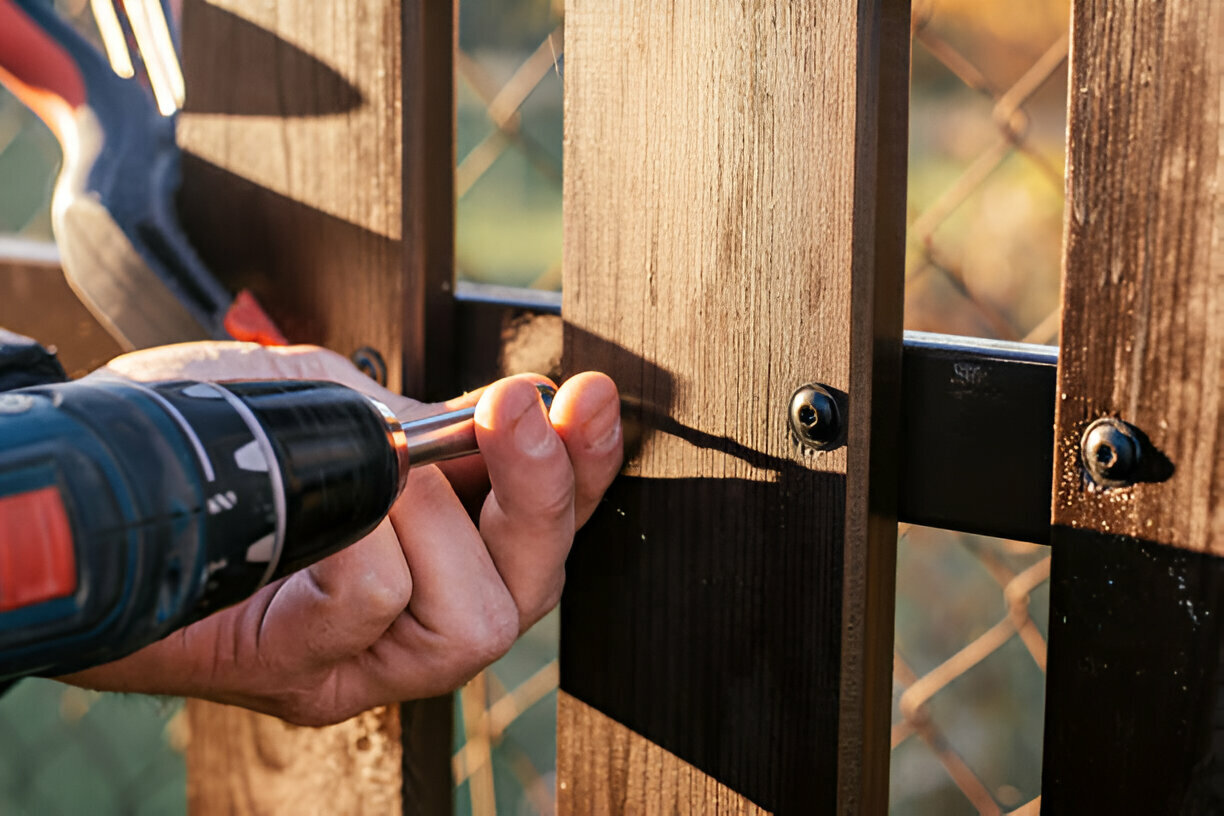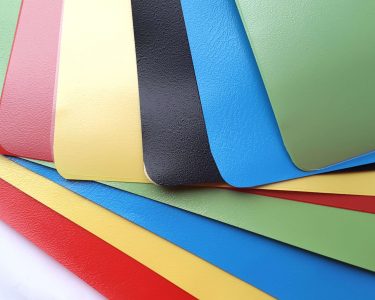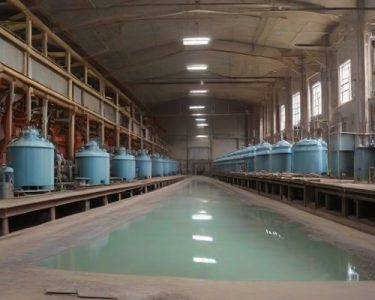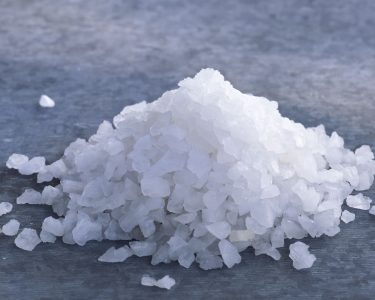Introduction:
Fencing are more than just physical barriers; they represent boundaries, security, and sometimes even artistic expression. From the practical necessity of protecting property to the artistry of Ornamental Fencing, the world of fences and fencing is as diverse as it is fascinating. In this blog, we’ll delve into the history, types, and significance of fences, exploring their evolution from simple enclosures to complex structures that serve multiple purposes.
The Evolution of Fences: From Ancient Enclosures to Modern Boundaries
- Ancient Origins: Tracing back to ancient civilizations like Mesopotamia and Egypt, where fences were used primarily for agricultural purposes.
- Medieval Fortifications: Fences evolved into formidable fortifications during the Middle Ages, with castles surrounded by imposing walls and battlements.
- Industrial Revolution: The rise of industrialization saw fences becoming commonplace around factories, railways, and urban areas, marking boundaries and enhancing security.
Practical Uses of Fences: Beyond Property Boundaries
- Agricultural Fencing: Essential for livestock management, protecting crops, and delineating land boundaries on farms and ranches.
- Residential Fencing: Providing privacy, security, and defining property lines for homeowners.
- Commercial and Industrial Fencing: Safeguarding businesses, warehouses, and industrial facilities from intruders and unauthorized access.
Types of Fences: From Traditional to Innovative Designs
- Chain Link Fences: Affordable and versatile, commonly used in residential, commercial, and industrial settings.
- Wooden Fences: Classic and aesthetically pleasing, offering privacy and enhancing landscaping.
- Ornamental Iron Fences: Combining elegance with durability, popular for upscale residential and commercial properties.
- Vinyl Fences: Low-maintenance and durable, ideal for homeowners seeking a long-lasting fencing solution.
- Electric Fences: Used primarily for agricultural and livestock management, delivering a mild electric shock to deter animals from crossing boundaries.
The Art of Fencing: Where Function Meets Aesthetics
- Architectural Fencing: Incorporating fencing into landscape design to enhance curb appeal and complement architectural styles.
- Ornamental Fencing: Intricate designs and decorative elements transform fences into works of art, adding beauty to outdoor spaces.
- Sculptural Fencing: Pushing the boundaries of traditional fencing, sculptors and artists create unique installations that serve both practical and artistic purposes.
Environmental Considerations: Balancing Functionality with Sustainability
- Sustainable Materials: Increasing demand for eco-friendly fencing materials such as bamboo, reclaimed wood, and recycled metal.
- Wildlife-Friendly Fencing: Designing fences to minimize habitat fragmentation and wildlife barriers, allowing for the safe movement of animals.
- Green Fencing: Incorporating living plants into fencing structures to create natural barriers and promote biodiversity.
Future Trends in Fencing: Innovation and Integration
- Smart Fencing: Integration of technology such as sensors, cameras, and remote monitoring systems to enhance security and provide real-time alerts.
- Modular Fencing Systems: Versatile and customizable fencing solutions that adapt to changing needs and environments.
- Sustainable Innovations: Continued focus on sustainable materials and construction methods to reduce environmental impact and promote green building practices.
Conclusion:
Fences and fencing have come a long way from simple enclosures to multifaceted structures that serve diverse purposes. Whether it’s providing security, delineating boundaries, or adding aesthetic appeal to outdoor spaces, fences play a vital role in our built environment. As we embrace innovation and sustainability, the future of fencing promises to be both functional and environmentally conscious, reflecting our evolving needs and values.







